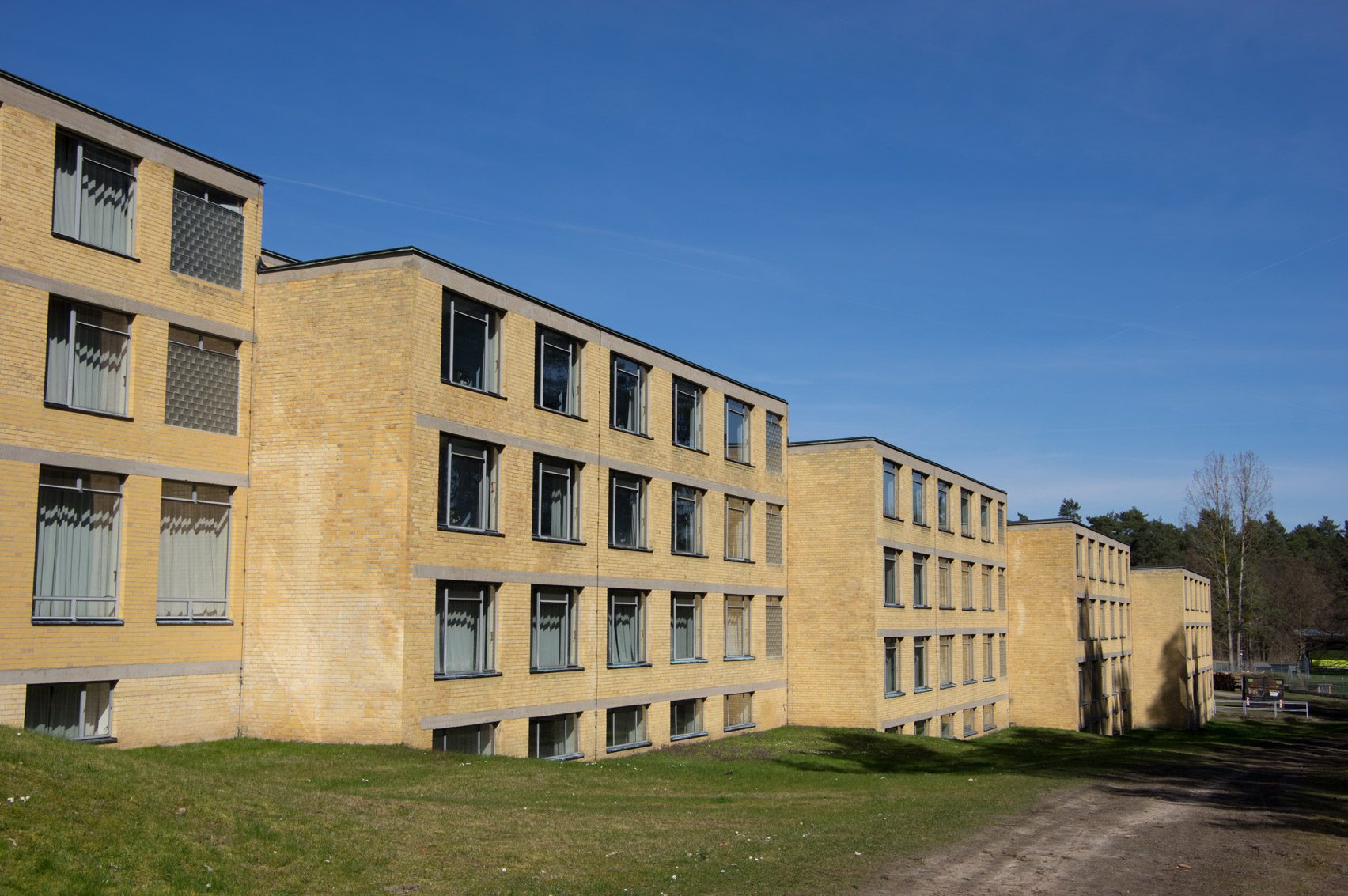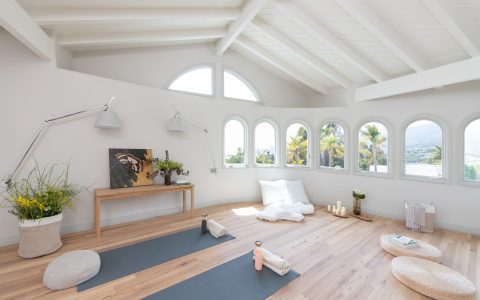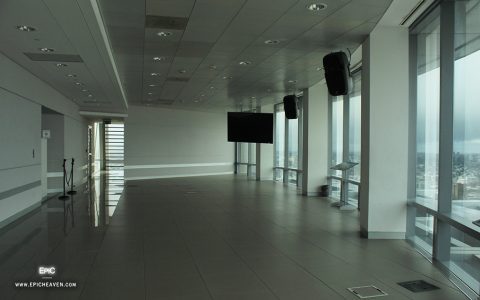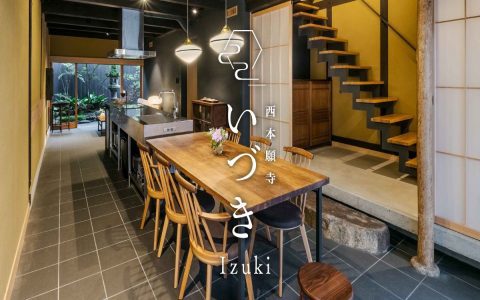Hannes Meyer: Architect and Urban Planner
Hannes Meyer (1889-1954) was a Swiss architect, urban planner, and Marxist theorist, renowned for his radical functionalist approach and his tenure as the second director of the Bauhaus Dessau.
Core Principles and Philosophy
Meyer's architectural philosophy was deeply rooted in social responsibility and scientific functionalism. He famously advocated for "Volksbedarf statt Luxusbedarf" (the people's needs instead of luxury needs), prioritizing collective well-being over individual aesthetic expression. His design motto was "building is a biological process... building is a collective action."
- Radical Functionalism: He believed that buildings should be designed purely based on their function, material properties, and construction processes, devoid of any aesthetic ornamentation not derived from these elements. Form was to be a direct result of function and economy.
- Collectivism and Social Purpose: Meyer emphasized cooperative design and architecture that served the working class and community needs. He saw architecture as a tool for social reform.
- Scientific Approach: He championed a design process based on rigorous, objective analysis of user needs, environmental factors (like sun orientation and ventilation), material science, and economic constraints.
Bauhaus Directorship (1928-1930)
Succeeding Walter Gropius in April 1928, Meyer became the director of the Bauhaus. He significantly shifted the school's focus, introducing a more scientific and analytical curriculum. He reorganized the workshops to function more like design collectives working on real-world commissions, emphasizing mass production, standardization, and socially relevant projects, particularly in housing.
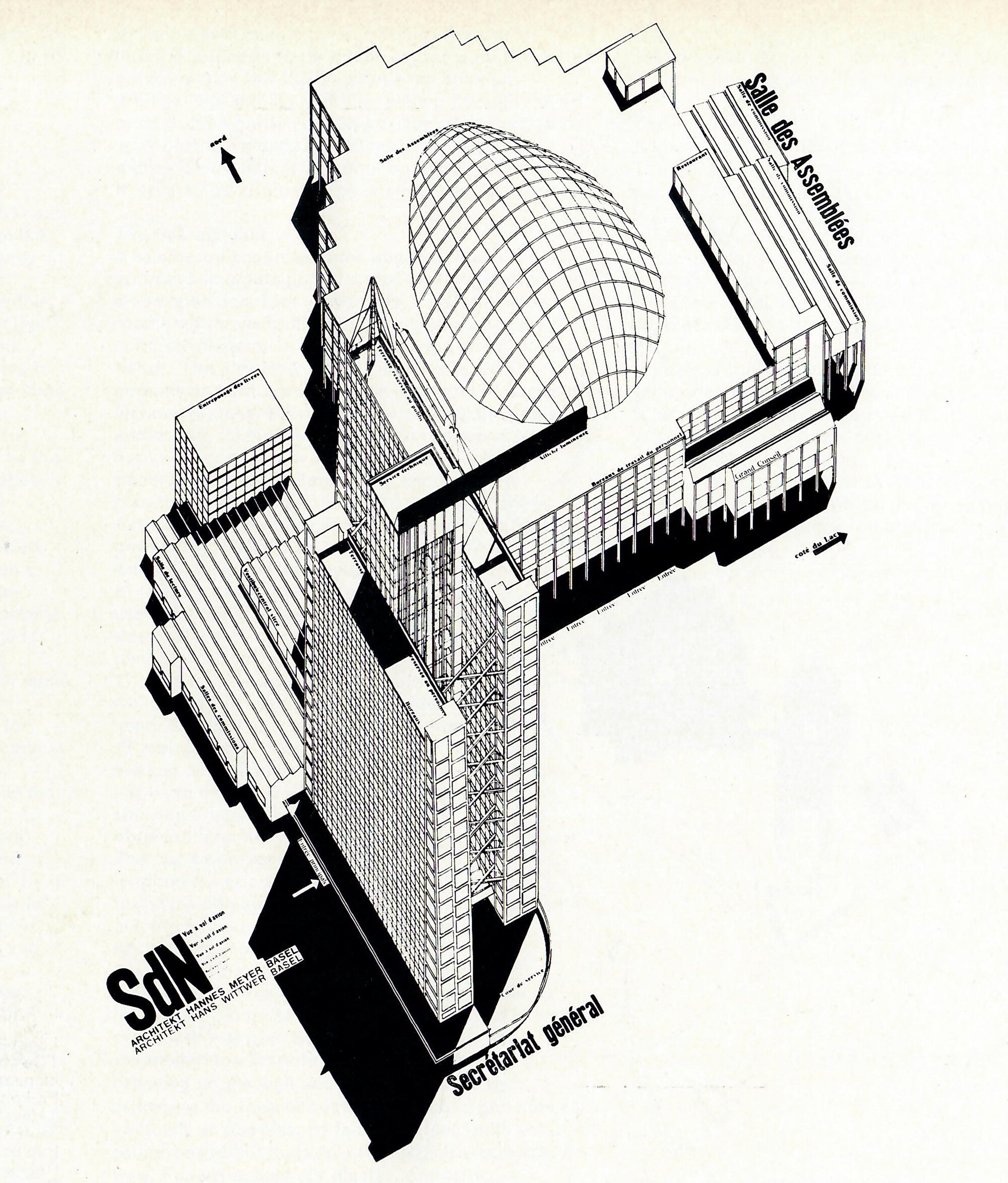
Key changes under his directorship included:
- Increased emphasis on technology and science in design.
- Promotion of guest lecturers from diverse scientific fields.
- Development of prototypes for industrial production.
- Establishment of a photography workshop as an independent department.
However, Meyer's overt Marxist political views and the increasing politicization of the student body led to conflicts with the Dessau city authorities. He was controversially dismissed in August 1930.
Key Projects and Contributions
While many of Meyer's visionary designs remained unbuilt, several projects exemplify his principles:
- ADGB Trade Union School, Bernau (1928-1930): Designed with Hans Wittwer and the Bauhaus building department, this is Meyer's most significant built work. It is a prime example of functionalist architecture, meticulously planned according to programmatic needs, site conditions, and material logic, creating a harmonious complex for education and communal living.
- Petersschule, Basel (1926 Competition Entry): A radical and influential proposal for a school, designed with Hans Wittwer, which emphasized light, air, functional zoning, and advanced structural solutions. Though unbuilt, it was widely published.
- Co-op Apartment Buildings, Freidorf Settlement, Muttenz (1919-1921): Early work reflecting his commitment to social housing and cooperative principles, though stylistically more traditional.
- Noldepark Housing Estate, Dessau-Törten (1928-1930): Designed during his Bauhaus tenure, these were five experimental apartment blocks focused on affordability and efficient space utilization.
After his dismissal from the Bauhaus, Meyer and several students moved to the Soviet Union (1930-1936), where he worked on urban planning projects and taught. From 1939 to 1949, he lived and worked in Mexico, primarily for the government on housing and urban planning initiatives, including as director of the Institute for Urban Planning and Development.
Legacy
Hannes Meyer remains a significant, albeit sometimes controversial, figure in 20th-century architecture. His uncompromising commitment to functionalism, social responsibility, and a scientifically grounded design process had a lasting impact on architectural theory and education. He championed an architecture for the masses, seeking to use design as a means to improve society, a stance that continues to resonate in contemporary discussions about sustainable and socially conscious architecture.
